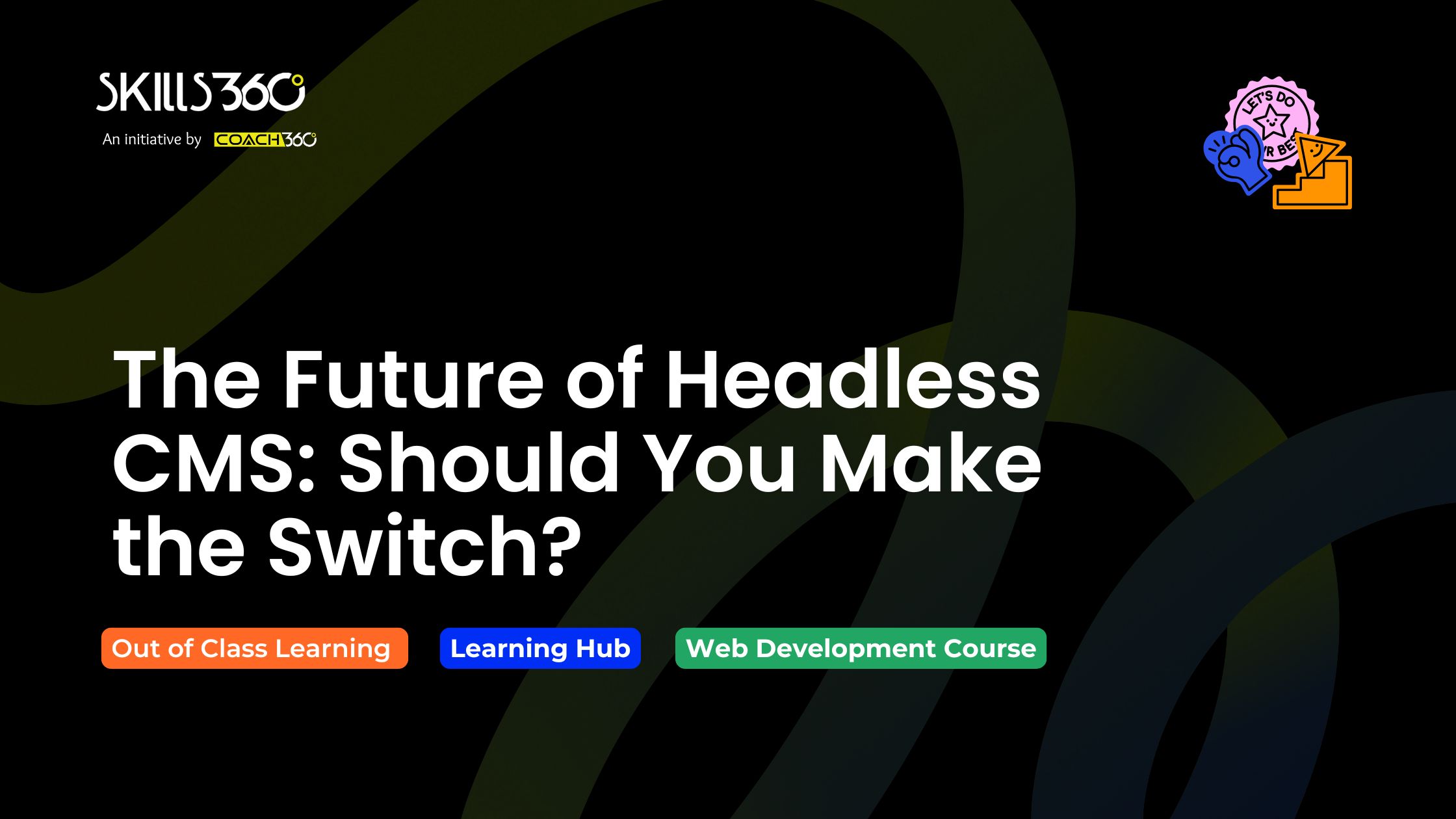- Featured article
- People at Skills360 06 - June 2025 | 8 min read

Well, the importance of delivering seamless and consistent content across devices in this fast-digitalized world has reached the level of necessity. For decades, the traditional content management systems (CMS) have served as the backbone of any web platform; however, with technology capturing the growth of businesses on mobile to web to even wearable devices, the new solution is: Headless CMS.
So, what exactly is it? Moreover, should you consider migrating to it? Read on.
A traditional CMS like WordPress or Joomla combines two parts: the frontend (what the user sees) and the backend (where you manage your content). These are tightly connected—meaning your website’s design and content are bound together.
A Headless CMS, on the other hand, “chops off the head” (the frontend). It focuses only on the backend—storing and delivering content via APIs. This means your content can be published anywhere: websites, mobile apps, smart TVs, kiosks, or even VR experiences.
You just create content once—and push it everywhere.
Developers, marketers, and content strategists all favor the Headless CMS model. This is the reason:
Omnichannel Content Delivery: Your audience now uses a variety of platforms. Whether a customer is browsing on a smartphone, tablet, or smartwatch, a headless CMS lets your brand remain consistent.
Developer Flexibility: Headless CMSs are flexible when it comes to the frontend. Developers have the freedom to choose from React, Vue, Angular, or any other tech stack they like—without being tied down by the themes or templates that come with a specific platform.
Performance & Speed: Because content is delivered via APIs, and not rendered through a full webpage load, a website and/or app built with Headless CMSs usually perform faster—this is something users, as well as search engines, love.
Better Security: There are fewer vulnerabilities when there is less frontend. Headless CMSs are intrinsically more secure due to their reduced plugin dependencies and lack of direct database exposure.
API-first, omnichannel, and lightning-fast digital content is the way of the future. With a headless CMS, you can create experiences that span all of the touchpoints your users engage with, not just your website.
Are you prepared to change?
Join the CMS Development Program at Skills360 and become the future-ready developer companies are looking for.


Get curated emails on out of class learning and work on your skills on your free time.